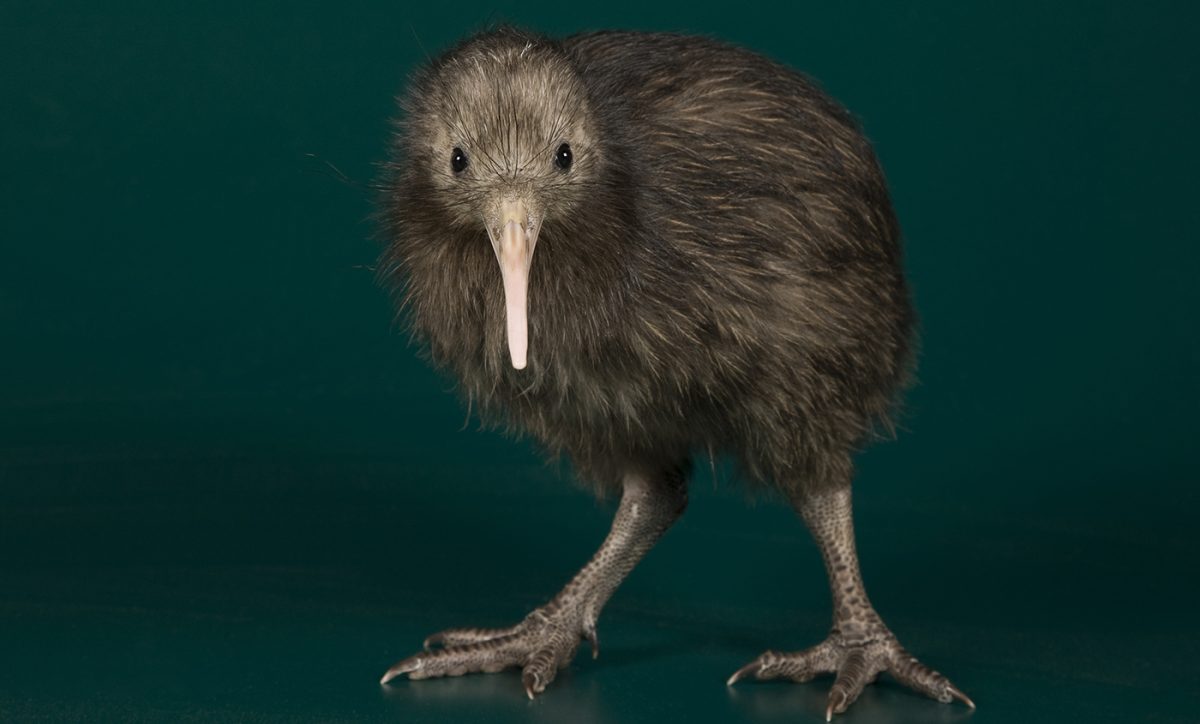New Zealand, a culturally diverse country, is home to over 5.123 million residents. Alongside these residents are active volcanoes, caves, lakes, valleys, and sandy beaches. These beaches on New Zealand’s coastlines are 15,000 km. In other words, 9,320 miles of beaches make up New Zealand. Hince making the country the sixth largest country in the world. Most of New Zealand lies close to the coast, which means mild temperatures year-round.
New Zealand’s seasons:
December-February is Summer
March-May is Fall
June-August is Winter
September-November is Spring
The country is off the Southeast coast of Australia and is home to the native bird Kiwi. The Kiwi is the national bird of New Zealand. Kiwis have bones filled with marrow allowing them to contain very powerful legs that make up for a 3rd of their body weight. They developed a high sense of touch and smell because of their large powerful eyes. Their beaks grow up to six inches long with long cat-like whiskers sprouting out of the Kiwi’s face. Unlike a typical bird, the Kiwi’s “feathers” are more like a shaggy plumage or a hair-like texture. Kiwis are very muscular and thick making them flightless birds. Alongside being colorblind, the breed is nocturnal- meaning they only come out of their burrows during nightfall. This is because they scrummage with their extremely sharp claws for insects, grubs, earthworms, fruits, and plants.
There are five different types of species of the native Kiwi:
Brown Kiwi ( Located North of the island)
Little Spotted Kiwi (Located Offshore island)
Great Spotted Kiwi (Located on Northwest Island)
Okarito Brown Kiwi
Tokoeka Kiwi
For Kiwis, it takes 16 months or 3 years to be mature enough to breed. Breeding usually occurs in New Zealand’s July and February months. It takes up to eighty days for a Kiwi’s eggs to hatch however, only five percent of chicks hatched in the wild survive. For the Kiwis that do survive, they have a life span of twenty-five to fifty years depending on the breed of the Kiwi. However, their lifespan is drastically threatened. Kiwis are threatened by predators, habitation loss, and fragmented kiwi populations. Predators like ferrets, cats, and dogs remain the major cause of declining kiwi populations. As of 2021, it was recorded that 68,000 Kiwis are left in New Zealand and steadily losing two percent of the entire population. That’s 20 Kiwi deaths per week.
Why make the Kiwi a symbol for New Zealand? Residents view the Kiwi as a symbol of the uniqueness of New Zealand’s wildlife and the values of their heritage. In the early 1900s, cartoonists started to use images of the kiwi bird to represent New Zealand as a country. During World War I, New Zealand soldiers were referred to as ‘kiwis’, and the nickname Kiwi was attributed to all New Zealanders who proudly embraced the moniker. Though the Kiwi aren’t on New Zealand’s national flag, they are represented on the back of coins. The coin was introduced on February 11, 1991, to replace the existing $1 coin. The coin is designed by Robert Maurice Conly with a kiwi surrounded by silver fern fronds.

A British comedian states, “ Less like a bird, more like a dumb, fat mouse who got its face stuck on a straw.” Jema Haydeck, a Kiwi Birdlife Park wildlife keeper, makes a statement regarding the comment made by the British comedian. Haydeck states, “They are pretty intelligent birds so I wouldn’t call them stupid or dumb or fat.” This reveals how highly valued and respected the Kiwis are to the residents of New Zealand. A Kiwi’s uniqueness provides a national icon to be cherished by all cultures in New Zealand for years to come.









